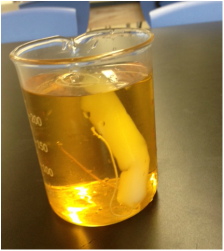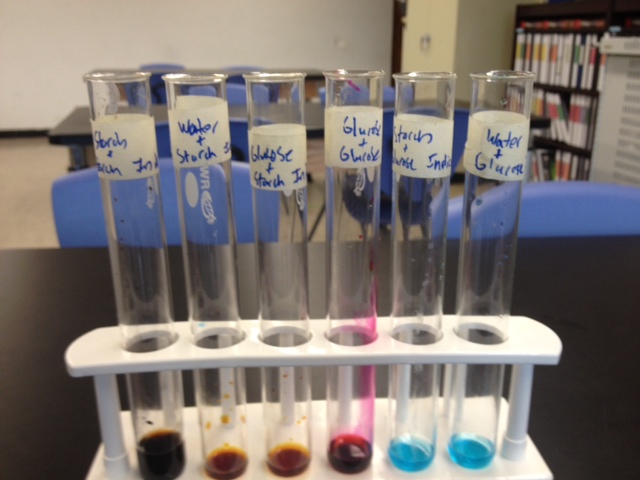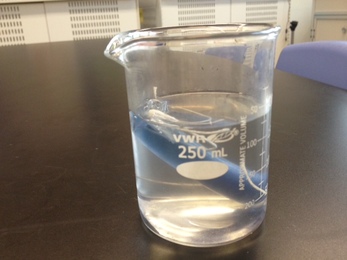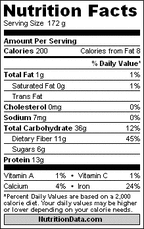Summary
In this lab students studied the process of osmosis by observing red onion cells in different solutions. Osmosis is the diffusion of water, meaning that water goes from a high concentration to a lower concentration of water molecules.
To observe onion cells, scholars peeled off red skin from onion chunks and placed them over a drop of water on a microscope slide. A cover slip was then placed over the onion cells, starting at a 45 degree angle in order to avoid air bubbles.
Scholars made initial observations of the cell wall, cell membrane, and cytoplasm of one onion cell.

Figure 1. First Observation: one drop of distilled water
Next, several drops of 10% salt solution was added to the side of the cover slip spread into the onion cells. Observations of the same cell were made again. Scholars noticed a smaller, shrinking cytoplasm.

Figure 2. Second Observation: 10% salt solution
In the last step, scholars reintroduced distilled water into the cell, once again expanding the cytoplasm in the cell.

Figure 3. Third Observation: Addition of more Distilled Water
Summary
In this lab students experimented with the diffusion of certain molecules through an artificial cell membrane. The artificial cell membrane was made of a very thin tubing with small pores that allowed very small molecules to pass through. The tube was filled with starch and glucose then closed. This tubing was then placed in a beaker of water for an hour. Also during this time 10 drops of starch indicator ( Iodine) was added to the liquid surrounding the tubing, creating an amber color. So to recap:
Inside the Cell
-Starch
-Glucose
Outside the Cell
-starch indicator

Figure 1. Initial State of Experiment
While we waited I explained indicators. Indicators tell us if a specific molecule is in the liquid by changing the color of the liquid. For example the starch indicator indicates if there are starch molecules in a liquid by changing from amber to black when in the presence of starch. A glucose indicator normally changes from its normal blue color to a red color when in the presence of glucose.

Figure 2. Indicators mixed with water, starch, or glucose
After one hour the tubing had become black. This is because the starch indicator had diffused to an overall lower concentration by moving into our artificial cell. Inside the cell it mixed with the starch to create a black color. We then tested the water outside of the tubing with a glucose indicator. The liquid turned red, indicating that glucose did escape from the cell. But did starch?

Figure 3. Final State of Experiment

Essential Question: How can we calculate the number of calories in the food we eat and make better dietary decisions using this data?
Lesson Summary: In a two day lab students experimented with marshmallows, cheese doodles, goldfish, popcorn, and potato chips to find the number of calories in each food type.
To measure the number of calories students recorded the change in temperature of the water in the calorimeter and the change in mass of the burned food. Scholars then used this data to calculate an estimate of kilocalories per gram for each food.







 RSS Feed
RSS Feed